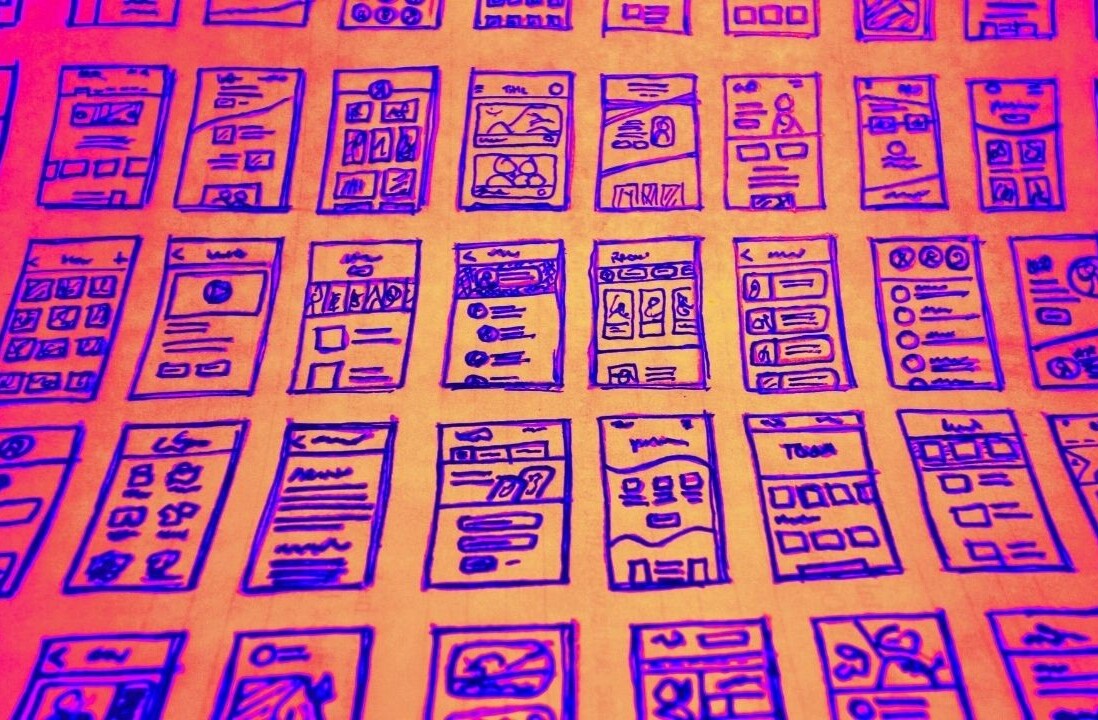
Let’s face it, design plays a huge part in all our lives. It affects everything from the bed we sleep in to the car we drive, and the magazines we read to the websites that we visit.
Simply put, design shapes the world we live in. It’s importance really can’t be underestimated. But how much do you really know about this exciting sector?
It would be silly to lump all designers together. If you asked a product designer to create a user pathway they wouldn’t know where to begin. Likewise, if you tasked an experiential designer with creating a website, they would likely panic.
Design is a varied and exciting field so, before you apply for the wrong job, insult your coworker, or offend a family member, read our brief outline on the key differences between some of the most common design jobs and what you need to know to land one.
Product designer vs industrial designer
Product design is all about creating aesthetically pleasing products. It can include anything from furniture to cutlery. Typically, a product designer will take an idea from the very first stage right through to a finalized product. They are usually sold as designer items in small quantities. Product design is sometimes seen as a subset of industrial design.
Key skills: UX/UI design, project management, prototyping, and user testing.
Average salary: €58,678
Industrial Design on the other hand is about creating ideas for mass production i.e creating designs that can be manufactured, are sustainable, and cost effective for the supplier. As a result, it requires a little bit more work when it comes to customizing product designs to make sure they’re ready for manufacturing. Good industrial designers need to have a strong business head on their shoulders.
Key skills: Strong creative flair, commercial awareness, and excellent organizational skills.
Average salary: €53,257
In a nutshell: Product design is more about creating products. Industrial design is about creating solutions and taking them to manufacture.
Visual designer vs graphic designer
Visual design and graphic design are often used interchangeably — but before you make this common mistake, be aware that there are some key differences.
To begin with, graphic designers will often work with print deliverables such as brochures, posters and invitations. These can contain things like choosing logos, images or fonts. However, as the discipline has grown and changed over time, graphic designers are now often expected to create design assets for websites and apps too.
Key skills: IT skills, typography, and attention to detail.
Average salary: €32,821
On the other side of the coin you have visual designers. Visual designers will often work with their clients to find out their goals and ideas. Using this information, they then create design plans for any visual elements that the company needs. This means that their vision can span across multiple platforms e.g websites, ebooks, games, style guides etc.
Key skills: Experience with animation, problem-solving skills, and software knowledge.
Average salary: €74,225
In a nutshell: Graphic designers work on a specific message for each project, visual designers create a brand voice across various platforms.
Experiential designer vs interaction designer
Have you ever heard of an experiential designer? Well, their job is actually pretty cool. They create displays and environments that communicate a message. This can include everything from marketing campaigns to art exhibitions or public installations. To do this, they of course need amazing design skills but also an awareness of human behavior.
Key skills: Critical thinking, communication design, and organizational skills.
Average salary: €55,879
Interaction designers, on the other hand, focus on the way users interact with products in order to make sure that they’re functional and efficient. Usually these products tend to be software products like apps or websites. They typically focus on elements like aesthetics, motion, sound, and space.
Key skills: Interaction design skills, people skills, and a strong portfolio.
Average salary: €57,565
In a nutshell: Experiential designers create built environments, interaction designers create products that enable users to achieve their objectives.
User experience designer (UX) vs user interface designer (UI)
The term “user experience” describes the interaction a person has with a product or service. UX designers shape and create the user journey to make sure it’s as easy and seamless as possible. To do this, a UX designer will combine product development, strategy, design, and market research to create a straight-forward process.
Key skills: Information architecture, wireframing, and visual communication.
Average salary: €57,565
In comparison, user interface designers decide what an interface should look like. Based on studies of how people navigate through a site, app, or tool, UI designers plan and develop a way to make the navigation experience better. While interaction design determines what’s on a website and how people use those elements. Interface design determines what those elements look like.
Key skills: Design strategy, industry knowledge, and data analysis.
Average salary: €53,892
In a nutshell: UX designers create and optimize the user journey of a product, UI designers make decisions on how the interface should look based on data.
You can find out more about different design roles (and what they entail) on the House of Talent jobs board here.
Get the TNW newsletter
Get the most important tech news in your inbox each week.




